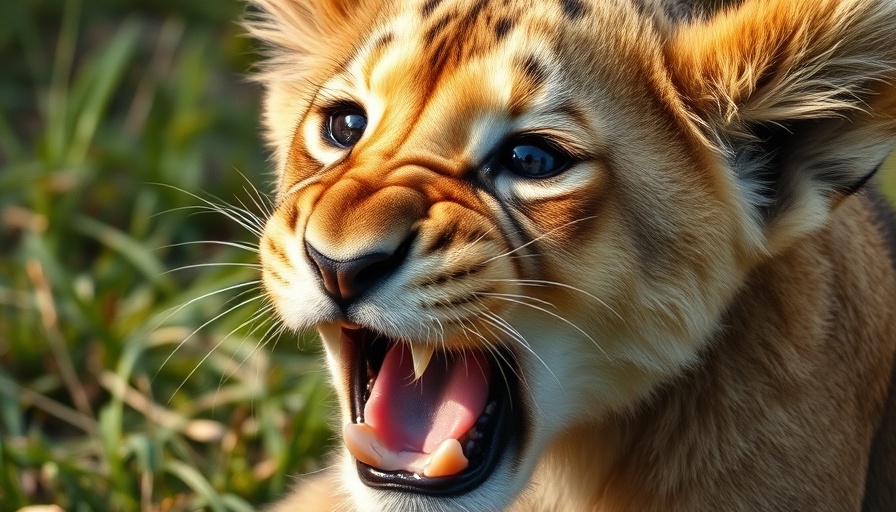
Invasive Ants Compel a Shift in Lion Predatory Tactics in Kenya
Leading research conducted by Douglas Kamaru and fellow scientists at the University of Wyoming has introduced a significant ecological revelation: invasive ants are altering lion hunting patterns in Kenya. Published in Science, these findings highlight how big-headed ants in the Ol Pejeta Conservancy disrupt native acacia ant habitats, reducing crucial tree cover lions use for ambushing their prey. Consequently, this forces lions to switch their primary prey from zebras to African buffalo, emphasizing the intricate dance of species adaptation and survival.
Symbiotic Networks in Peril
The vast East African savannas are dominated by whistling-thorn trees, which share a symbiotic relationship with native ants. These ants defend the trees from herbivorous predators like elephants by using biting and formic acid. However, the entry of big-headed ants alters this balance, allowing elephants to damage these trees extensively. This change in vegetation structure directly impacts the predator-prey relationship between lions and zebras by creating more open spaces and providing fewer ambushing opportunities for the big cats. Ecological cascade effects are profound, reshaping the landscape and the dynamics within.
Ecological Forecast: Predictions and Implications
Amidst these environmental changes, researchers are intrigued by the future implications for both flora and fauna. How lions adapt to these environmental shifts remains crucial, as it could influence not only their hunting strategies but also the territorial and social structures of lion prides. The potential increase in lion pride sizes could lead to broader ecological impacts yet to be fully understood. This scenario brings to light the consequences of invasive species and highlights pressing conservation needs.
 Add Row
Add Row  Add
Add 




Write A Comment